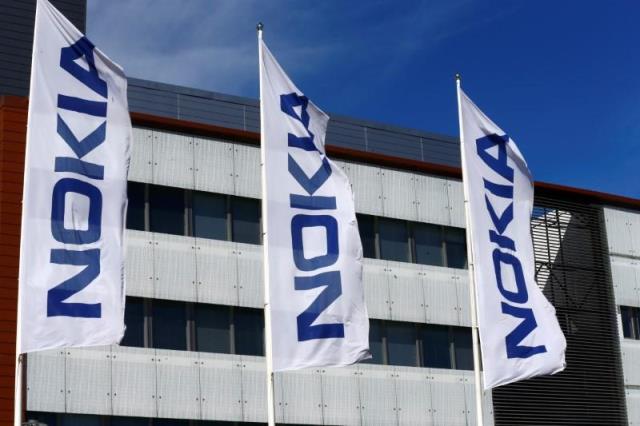Telecom equipment maker Nokia has made three announcements targeting fixed network operators – ahead of Broadband World Forum in Berlin.

Lightspan and Altiplano solutions
Nokia has made enhancements to its Lightspan and Altiplano solutions to assist service providers transition to SDAN and simplify access management.
Nokia adds support to its Altiplano Access Controller for Lightspan FX and FWA nodes, providing a single unified network management system for all access technologies. Operators can evolve traditional Nokia fiber nodes to Lightspan SDAN programmable access nodes through a controlled software migration.
Nokia is solving the migration challenge by SDN-enabling its fiber ISAM FX solution for central office environments and adding it to the Lightspan family of SDAN programmable access nodes.
Operators can turn an existing ISAM FX shelf installed in the network into a SDAN Lightspan FX node through a controlled software migration.
Nokia’s ISAM FX solution with Lightspan software allows operators to take advantage of SDAN.
Nokia adds ASICs to its G.fast and VDSL2
Nokia is adding ASICs to its G.fast and VDSL2 solutions to give operators flexibility for delivering broadband services. The enhanced access nodes utilize vectoring processors from Nokia to provide more FTTx options for delivering broadband access to customers.
Nokia said its access nodes for G.fast and VDSL2 broadband technology can help operators accelerate FTTx deployments and connect more people. ASICs provide additional vectoring processing power and efficiencies to eliminate cross-talk interference between copper lines and improve data speeds.
This allows for very large vectoring groups to be applied to VDSL2 applications in cabinets or central offices as well as G.fast application in large multi-dwelling unit (MDU) or FTTN locations, helping to lower costs per subscriber and reduce the amount of infrastructure needed to service a given area.
The new chipsets based on Nokia Bell Labs is capable of supporting a mix of VDSL2 and G.fast line-cards in same platform.
Nokia provides operators with greater flexibility for delivering ultra-broadband services to customers with a 96-port option for G.fast micro-node deployments and a 384-port VDSL2 35b/Vplus option for a single chassis.
Nokia is also introducing new options for copper platforms that allow operators to achieve a single technology, vectored VDSL2 network. VDSL2 (VDSL2-LR) allows operators to extend the performance of their VDSL2 technology to all subscribers over any length of copper loop.
This can help operators gain 25 percent better service levels over ADSL2+ for long loops and achieve similar performance to VDSL2 17a on medium to shorter loops.
VDSL2-LR can reduce network operation costs and provide the foundation needed to deliver broadband services over similar distances achieved with ADSL2+ by moving to a single DSL network through a simple ADSL line card replacement.
Fixed Access Health Index
Nokia announced the Fixed Access Health Index – powered by advanced automation and analytics — for service providers. The index establishes a new metric for measuring and benchmarking the quality and performance of fixed access networks.
The Fixed Access Health Index benchmarks the service provider’s network health against that of its industry peers. The Index measures the health of the access network in 2 dimensions: design compliance and quality.
Nokia, which has more than 300 fixed broadband customers worldwide, will be present at the Broadband World Forum in Berlin, October 23-25.





